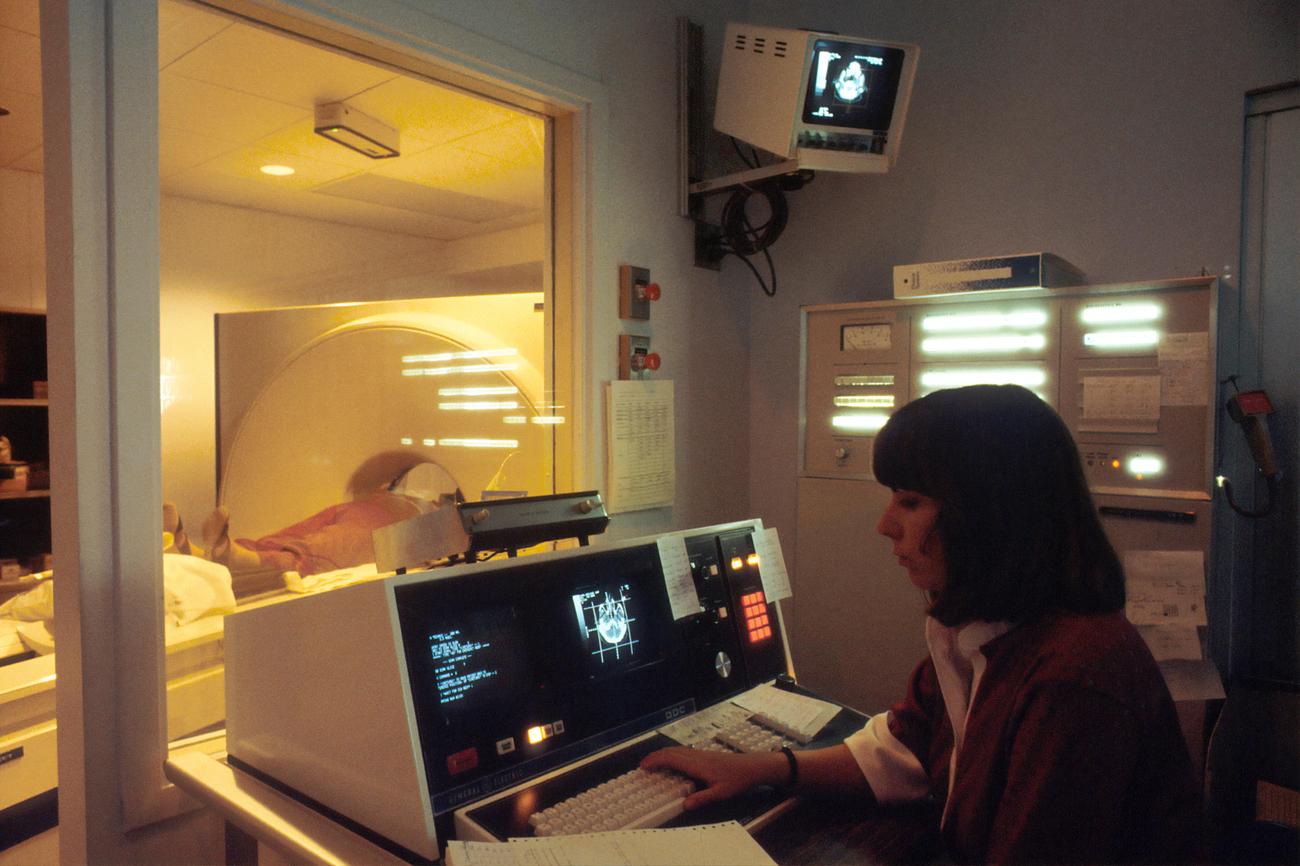In the field of medical imaging, ultrasound technology has long been recognized for its fundamental role in diagnosing and monitoring a wide range of conditions. However, there is a lesser-known realm that exists within this domain – a realm of unconventional applications that push the boundaries of what ultrasound can achieve. This article delves into the intriguing world of unusual uses of ultrasound in medical imaging, unraveling captivating stories and shedding light on the innovative ways in which this versatile imaging technique is being harnessed. Prepare to be amazed as we unveil the extraordinary potential of ultrasound in realms you never thought possible.

Unusual Applications of Ultrasound in Medical Imaging
Ultrasound technology has come a long way from its humble beginnings as a tool for measuring distance and exploring vibrations under water. Today, it is an indispensable part of the medical field, with a wide range of applications that continue to expand. While ultrasound is commonly associated with monitoring normal pregnancy and imaging the heart, there are numerous unconventional uses that demonstrate its versatility and potential.
One such unusual application of ultrasound in medical imaging is its use in the field of nephrology. Traditionally, diagnostic imaging for kidney-related conditions involved techniques such as CT scans or MRI. However, in recent years, ultrasound has emerged as a valuable alternative. With the ability to provide real-time images and dynamic assessment of kidney function, ultrasound can help in diagnosing renal diseases and assessing the progression of conditions like chronic kidney disease or kidney stones. The versatility of ultrasound allows for a non-invasive examination, making it a cost-effective and convenient option for both patients and healthcare providers.
Moving beyond the realm of diagnostics, ultrasound has found its way into the field of musculoskeletal imaging. While MRI is often considered the go-to modality for assessing joint and muscle conditions, ultrasound has proven to be a valuable adjunct. Its real-time imaging capabilities allow for dynamic evaluation of structures such as tendons, ligaments, and muscles. For athletes and individuals experiencing musculoskeletal pain or injuries, ultrasound-guided interventions, such as injections or aspirations, have become a popular choice. Studies have shown that ultrasound-guided interventions not only improve accuracy but also have better patient outcomes compared to traditional blind techniques. By harnessing the power of ultrasound, healthcare professionals can explore new frontiers in the diagnosis and treatment of musculoskeletal disorders.
The impact of ultrasound extends beyond traditional medical departments, making its way into the realms of cosmetic skin diseases and other dermatological conditions. High-frequency ultrasound imaging has emerged as a valuable tool for dermatologists in diagnosing and treating various skin disorders. With its ability to provide high-resolution images, ultrasound can aid in identifying skin abnormalities, assessing the depth of lesions, and guiding precise interventions. Whether it’s identifying tumor margins or facilitating targeted drug delivery, ultrasound has proven to be a valuable asset in the field of dermatology. By tapping into the potential of ultrasound, dermatologists can provide more accurate diagnoses and tailored treatment plans for their patients.
But the scope of unusual applications doesn’t stop there – ultrasound has also made its mark in research and industrial applications. Researchers have been exploring the potential of ultrasound in a wide range of industrial areas, including materials testing, flow measurements, and even cleaning processes. In medicine, ultrasound has been combined with advanced imaging modalities like PET/CT hybrid and simultaneous PET/MRI, enabling synergistic imaging with increased accuracy. With continued advancements in ultrasound technology, we can expect even more unconventional applications to emerge in the future, revolutionizing the field of medical imaging.
As we delve deeper into the world of unusual applications of ultrasound in medical imaging, it is evident that this versatile imaging technique has the potential to transform various aspects of healthcare. By harnessing its real-time imaging capabilities, non-invasive nature, and cost-effectiveness, ultrasound can pave the way for more accurate diagnostics, targeted interventions, and personalized treatment plans. Whether it’s exploring the depths of the kidneys, identifying musculoskeletal disorders, pinpointing dermatological conditions, or pushing the boundaries of research and industry, ultrasound continues to break new ground. With its ever-expanding applications, ultrasound remains an invaluable tool in the hands of medical professionals, enabling them to uncover the unseen and provide better care to their patients.
Ultrasound sonography has always been a fascinating field, filled with incredible discoveries and advancements. If you are curious about the intriguing world of ultrasound technology and want to uncover some interesting facts about it, look no further! We have compiled a list of the most captivating and mind-boggling facts about ultrasound sonography. From its inception to its modern-day applications, you will be amazed by the wonders this technology holds. So, without further ado, click here to explore the amazing world of ultrasound sonography: interesting facts about ultrasound sonography. Prepare to be astonished!

FAQ
Q: What are some common medical applications of ultrasound imaging?
A: Ultrasound imaging is widely used in various medical departments for applications such as abdominal imaging, nephrology, musculoskeletal imaging, imaging the heart, and monitoring normal pregnancy, placenta previa, multiple pregnancies, and detecting abnormalities during pregnancy.
Q: What are some unusual applications of ultrasound in medicine?
A: Unconventional uses of ultrasound in medical imaging include high-frequency ultrasound imaging for diagnosis and treatment of cosmetic skin diseases, as well as advanced medical imaging modalities like PET/CT hybrid and simultaneous PET/MRI that utilize ultrasound technology.
Q: Is ultrasound a safe imaging technique in medicine?
A: Yes, ultrasound is a non-invasive and safe imaging technique without harmful health concerns. It has been widely studied and is known for its effectiveness and reliability in imaging and diagnostics.
Q: What are the recent advancements in ultrasound technology for medical imaging?
A: Recent advances in ultrasound technology include the development of ultrasound microscope systems with high resolution and the use of ultrasound in research and industrial areas. These advancements have expanded the applications of ultrasound in the field of medical science.
Q: How does ultrasound compare to other medical imaging modalities?
A: Ultrasound is a versatile imaging technique that offers advantages such as non-invasiveness, safety, and real-time imaging. Compared to other modalities, it is particularly useful for monitoring the growth and development of the fetus during pregnancy and imaging the heart, as well as detecting skin abnormalities and performing ultrasound-guided interventions.
- Revolution Space: Disruptive Ion Propulsion Transforming Satellites - April 24, 2025
- Race Through Space: Fun Family Game for Kids - April 24, 2025
- Unlocking the Universe: reading about stars 6th grade Guide - April 24, 2025
















